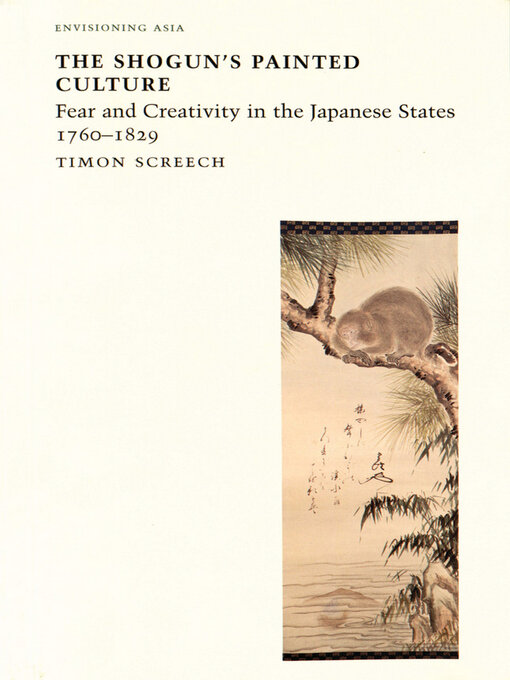-
Description
-
Details
"Screech's ideas are fascinating, often brilliant, and well grounded. . . . [Shogun's Painted Culture] presents a thorough analysis of aspects of the early modern Japanese world rarely observed in such detail and never before treated to such an eloquent handling in the English language."—CAA Reviews
"[A] stylishly written and provocative cultural history."—Monumenta Nipponica
"As in his admirable Sex and the Floating World: Erotic Images in Japan 1700-1820, Screech lavishes learning and scholarly precision, but remains colloquial in thought and eminently readable."—Japan Times
Timon Screech is Senior Lecturer in the history of Japanese art at SOAS, University of London, and Senior Research Associate at the Sainsbury Institute for the Study of Japanese Arts and Cultures. He is the author of several books on Japanese history and culture, including Sex and the Floating World: Erotic Images in Japan 1700–1820 (Reaktion, 1999).

OverDrive Read
- ISBN: 9781861896889
- Release date: August 1, 2000
